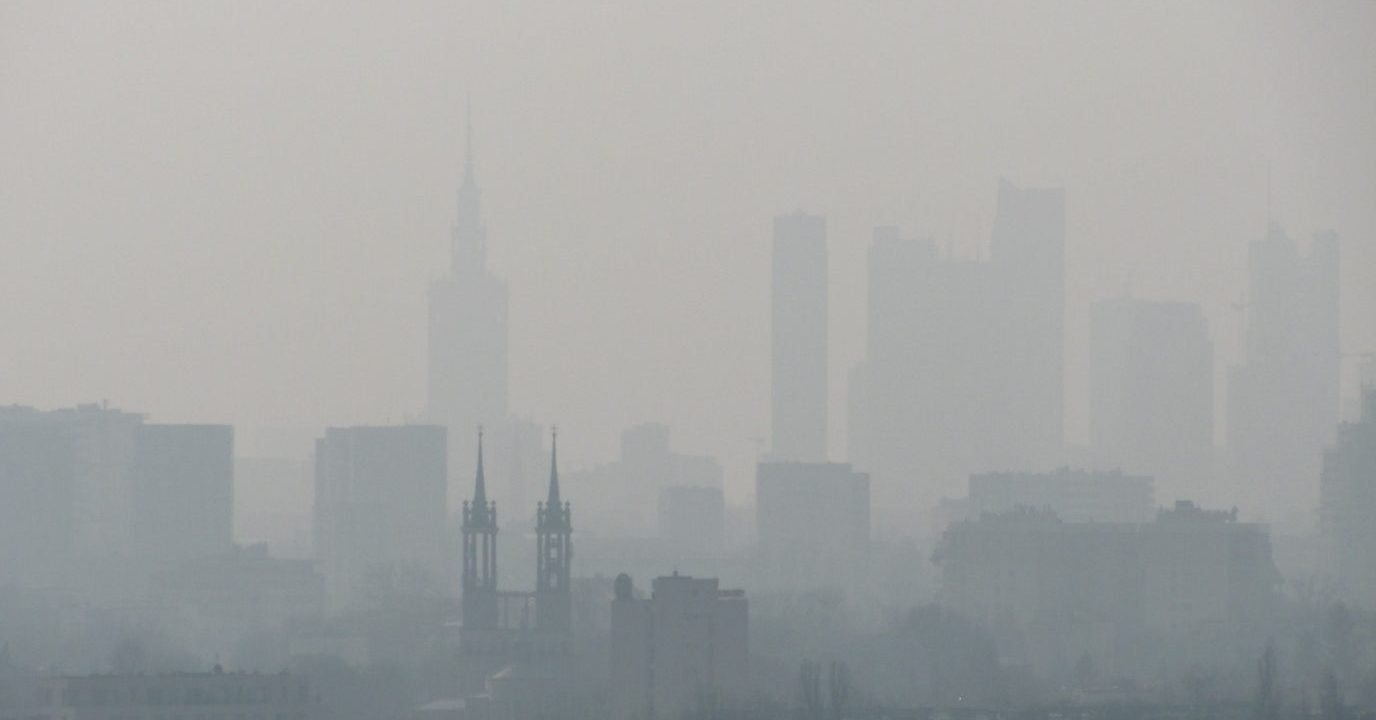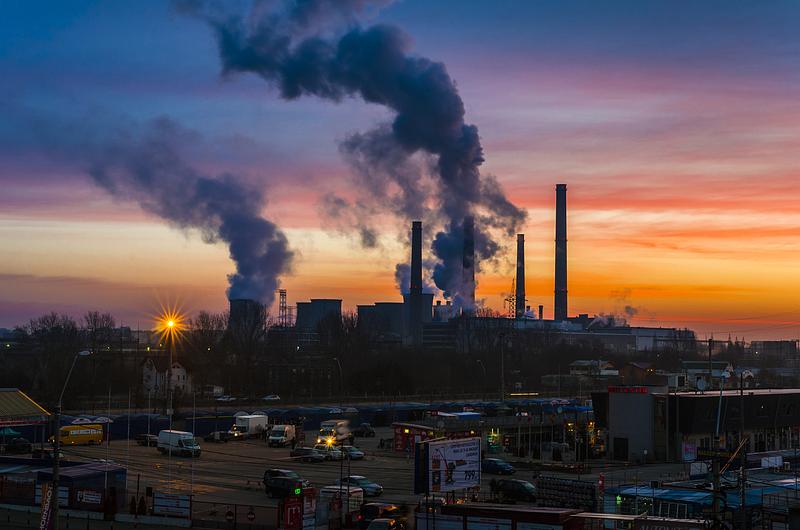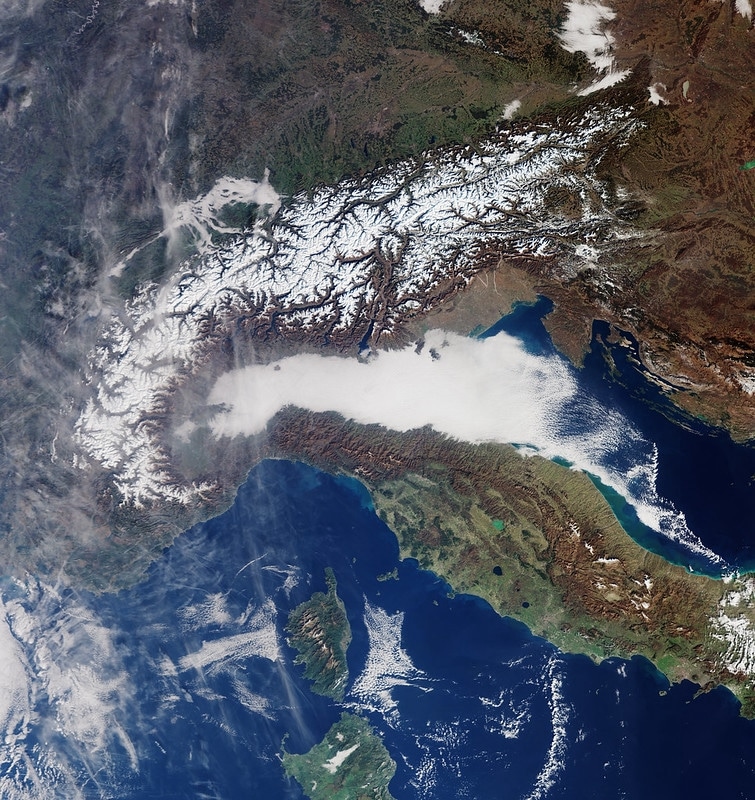
Air pollution is a silent killer that claims millions of lives worldwide each year. In Europe, despite significant strides in environmental regulation, many cities still struggle with high levels of air pollution, leading to severe health consequences. The World Health Organization (WHO) and other global agencies report that air pollution is linked to a wide range of health problems, including cardiovascular diseases, respiratory issues, and even premature death. In this blog post, we will take a closer look at the most polluted places in Europe based on the death toll caused by air pollution.
1. Kraków, Poland: A City with Serious Air Quality Issues
Kraków, the second-largest city in Poland, consistently ranks among the most polluted cities in Europe. The city’s air quality is heavily impacted by the high levels of particulate matter (PM2.5), primarily from coal-burning heating systems, industrial emissions, and vehicular traffic. According to WHO, Poland’s air pollution is one of the worst in Europe, and Kraków is one of the country’s most affected cities.
The air in Kraków is laden with harmful particles that pose a grave risk to the health of its residents. Studies suggest that air pollution in the city is responsible for thousands of premature deaths annually. A 2020 study found that approximately 4,000 people in Kraków die every year due to air pollution, which primarily impacts the elderly, children, and those with pre-existing health conditions.
2. Bucharest, Romania: The Capital Struggling with Toxic Air
Bucharest, Romania’s capital, is another city where air pollution is causing significant public health challenges. The city faces high concentrations of PM10 and nitrogen dioxide (NO2), largely due to road traffic, industrial emissions, and energy production from coal-fired power plants. In recent years, the city’s air quality has reached dangerous levels, especially during the winter months, when heating systems exacerbate the problem.

According to the European Environment Agency (EEA), air pollution in Bucharest is responsible for around 1,500 premature deaths each year. The exposure to fine particulate matter in the air increases the risk of respiratory and cardiovascular diseases, making Bucharest one of the most polluted capitals in Europe in terms of health impact.
3. Belgrade, Serbia: An Urban Hotspot of Pollution
Belgrade, the capital of Serbia, faces severe air quality problems, particularly in the colder months. The city’s air pollution is mainly caused by traffic emissions, coal burning for heating, and industrial activities. During winter, when the use of coal-fired stoves peaks, the levels of toxic particulate matter in the air can become dangerously high.
Research by the EEA estimates that more than 2,000 premature deaths in Belgrade each year are linked to air pollution. This statistic highlights the urgent need for air quality improvements and better urban planning in the city. The combination of vehicle emissions and inefficient heating systems continues to threaten the health of Belgrade’s population.
4. Milan, Italy: The Silent Killer in the Fashion Capital
Milan, known for its fashion industry and economic significance, has another darker reputation—being one of the most polluted cities in Europe. The city struggles with air quality issues due to a high volume of traffic, industrial activities, and geographic factors that trap pollution. Milan often records dangerously high levels of nitrogen dioxide and fine particulate matter, especially in the winter months.

The health consequences of Milan’s air pollution are staggering. Studies estimate that approximately 1,500 to 2,000 people in Milan die prematurely each year due to the adverse effects of polluted air. Respiratory and cardiovascular diseases are the leading causes of death related to air pollution, with children and the elderly being particularly vulnerable.
5. Sofia, Bulgaria: A City at the Crossroads of Pollution
Sofia, the capital of Bulgaria, has been grappling with high levels of air pollution for years. The major contributors include traffic emissions, coal burning for heating, and industrial pollution. The geography of Sofia, nestled in a valley surrounded by mountains, further exacerbates the problem, as it makes it difficult for air pollutants to disperse.
Air pollution in Sofia contributes to thousands of premature deaths annually. A 2021 study revealed that over 2,000 people die prematurely in Sofia each year due to air pollution. The primary health risks are respiratory diseases, asthma, and cardiovascular conditions. Despite the Bulgarian government’s attempts to tackle the issue, the problem persists, making Sofia one of the most polluted capitals in Europe.
A Call for Action
The cities listed above represent some of the most polluted places in Europe, with air pollution claiming thousands of lives each year. These cities are facing an urgent need for better air quality management, stricter environmental regulations, and increased public awareness about the dangers of pollution. Governments, businesses, and citizens all have a role to play in addressing this growing issue.
The good news is that improvements can be made. Several European cities have already seen significant reductions in air pollution through measures such as transitioning to renewable energy, reducing emissions from vehicles, and investing in public transportation. For the health of current and future generations, it is crucial that the most polluted places in Europe continue to work toward cleaner air and a healthier environment.













